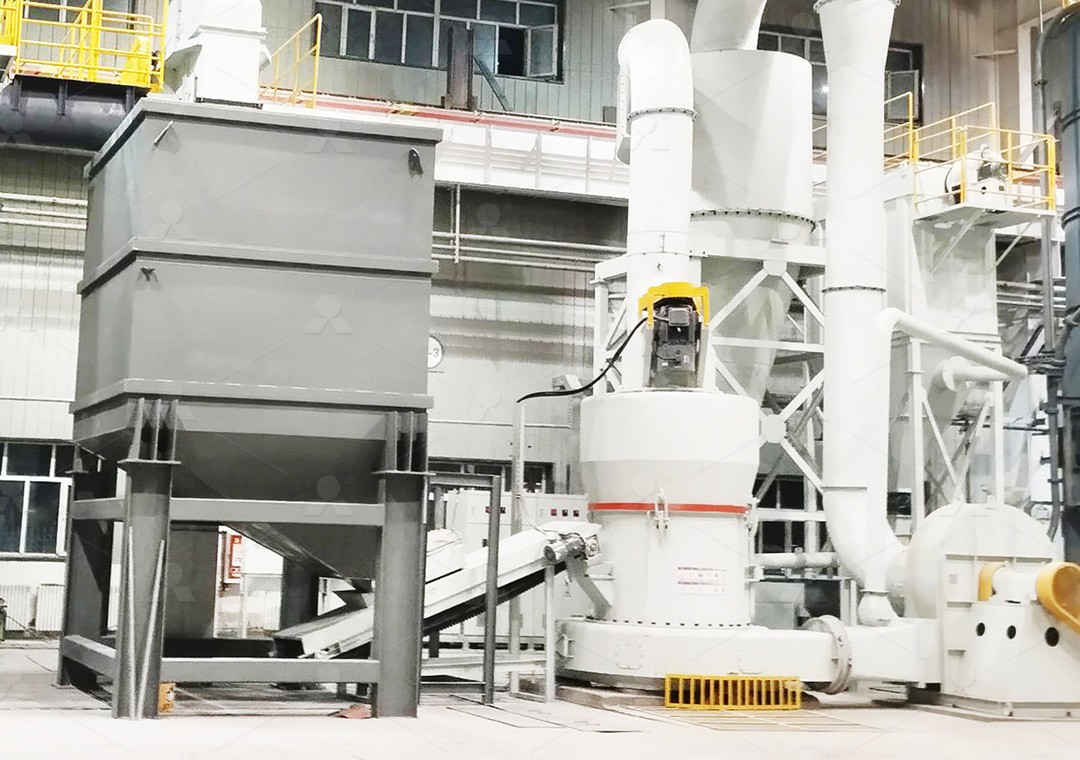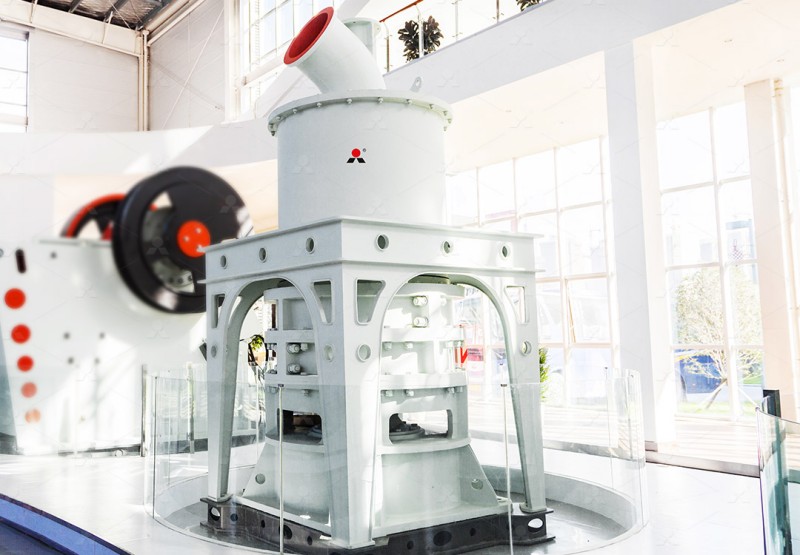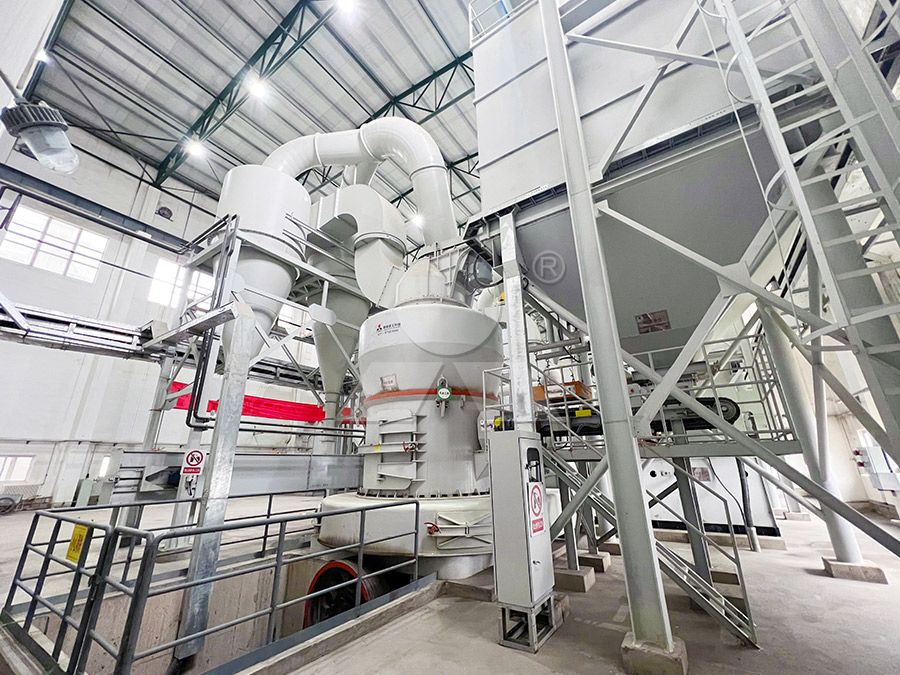High Efficiency Medium Speed Grinding Mill for Calcium Carbonate Processing
High Efficiency Medium Speed Grinding Mill for Calcium Carbonate Processing
In today’s competitive industrial landscape, calcium carbonate processors face increasing pressure to optimize production efficiency while maintaining stringent quality standards and environmental compliance. The selection of appropriate grinding equipment plays a pivotal role in determining operational success, particularly when dealing with calcium carbonate’s diverse applications across industries.

Calcium carbonate grinding presents unique challenges that demand specialized solutions. The material’s varying hardness, moisture content, and desired fineness requirements necessitate equipment capable of precise control and consistent performance. Traditional grinding methods often fall short in delivering the efficiency and product quality demanded by modern applications.
The Evolution of Calcium Carbonate Grinding Technology
Over the past decade, grinding mill technology has undergone significant advancements. The transition from conventional ball mills to more sophisticated medium-speed grinding systems has revolutionized calcium carbonate processing. These modern mills offer superior energy efficiency, reduced maintenance requirements, and enhanced product quality control.
Medium-speed grinding mills strike an optimal balance between impact and attrition forces, making them particularly suitable for calcium carbonate processing. Their design allows for precise control over particle size distribution, which is crucial for applications requiring specific surface areas and particle morphologies.
Key Considerations in Mill Selection
When selecting grinding equipment for calcium carbonate processing, several factors demand careful consideration. Production capacity requirements, target fineness, energy consumption, operational costs, and environmental impact all play critical roles in determining the most appropriate solution.
Modern processing facilities increasingly prioritize systems that offer flexibility in handling varying feed materials while maintaining consistent output quality. The ability to adjust grinding parameters quickly and efficiently has become a significant competitive advantage in dynamic market conditions.

Advanced Solutions for Modern Processing Needs
Among the available technologies, the MW Ultrafine Grinding Mill represents a significant advancement in calcium carbonate processing. This equipment is specifically engineered for customers requiring ultra-fine powder production with exceptional efficiency. With an input size capability of 0-20 mm and capacity ranging from 0.5 to 25 tph, the MW series offers remarkable versatility for various production scales.
The MW Ultrafine Grinding Mill incorporates several innovative features that address common challenges in calcium carbonate processing. Its higher yielding capacity with lower energy consumption stands out as a particularly valuable characteristic. The newly designed grinding curves of the grinding roller and grinding ring enhance grinding efficiency substantially, achieving production capacity 40% higher than jet grinding mills and stirred grinding mills under identical fineness and power conditions.
For operations requiring even greater precision, the mill’s adjustable fineness between 325-2500 meshes provides exceptional control over final product specifications. The cage-type powder selector, incorporating German technologies, ensures precise powder separation while allowing configuration according to specific yield, fineness, and sieving rate requirements.
Operational Excellence and Environmental Compliance
Beyond performance metrics, modern grinding mills must address environmental concerns and operational safety. The MW Ultrafine Grinding Mill’s design eliminates rolling bearings and screws within the grinding chamber, significantly reducing maintenance concerns and potential machine damage. The external lubrication system enables continuous 24-hour operation without shutdowns for maintenance.
Environmental considerations are thoroughly addressed through efficient pulse dust collection and noise reduction systems. The integrated pulse collector ensures dust-free operation throughout the milling process, while silencers and noise elimination rooms maintain workplace comfort and regulatory compliance.

Future Trends in Calcium Carbonate Processing
The trajectory of grinding technology continues toward greater automation, digital integration, and sustainability. Modern mills increasingly incorporate sophisticated control systems that optimize performance parameters in real-time, adapting to variations in feed material characteristics and production requirements.
Digitalization extends beyond operational control to predictive maintenance and supply chain management. The availability of genuine spare parts and comprehensive technical support ensures uninterrupted operation and maximizes equipment lifespan, contributing to overall operational reliability.
Frequently Asked Questions
What makes medium-speed grinding mills particularly suitable for calcium carbonate processing?
Medium-speed grinding mills offer an optimal balance between impact and shear forces, making them ideal for calcium carbonate’s specific grinding characteristics. They provide efficient size reduction while minimizing overgrinding and maintaining product quality.
How does the MW Ultrafine Grinding Mill achieve higher efficiency compared to traditional equipment?
The MW series incorporates advanced grinding curve designs and efficient powder separation technology, resulting in 40% higher production capacity than comparable jet grinding mills while consuming only 30% of the energy.
What fineness range can be achieved with modern calcium carbonate grinding mills?
Advanced systems like the MW Ultrafine Grinding Mill can achieve fineness between 325-2500 meshes, with the capability to reach d97≤5μm in a single pass, providing exceptional flexibility for various application requirements.
How do modern grinding mills address environmental concerns?
Contemporary designs incorporate comprehensive dust collection systems, noise reduction technology, and energy-efficient operation. The MW series, for example, features efficient pulse dust collectors and operates within national environmental protection standards.
What maintenance advantages do modern grinding mills offer?
Innovations such as the absence of rolling bearings in the grinding chamber and external lubrication systems significantly reduce maintenance requirements and enable continuous operation without frequent shutdowns.
